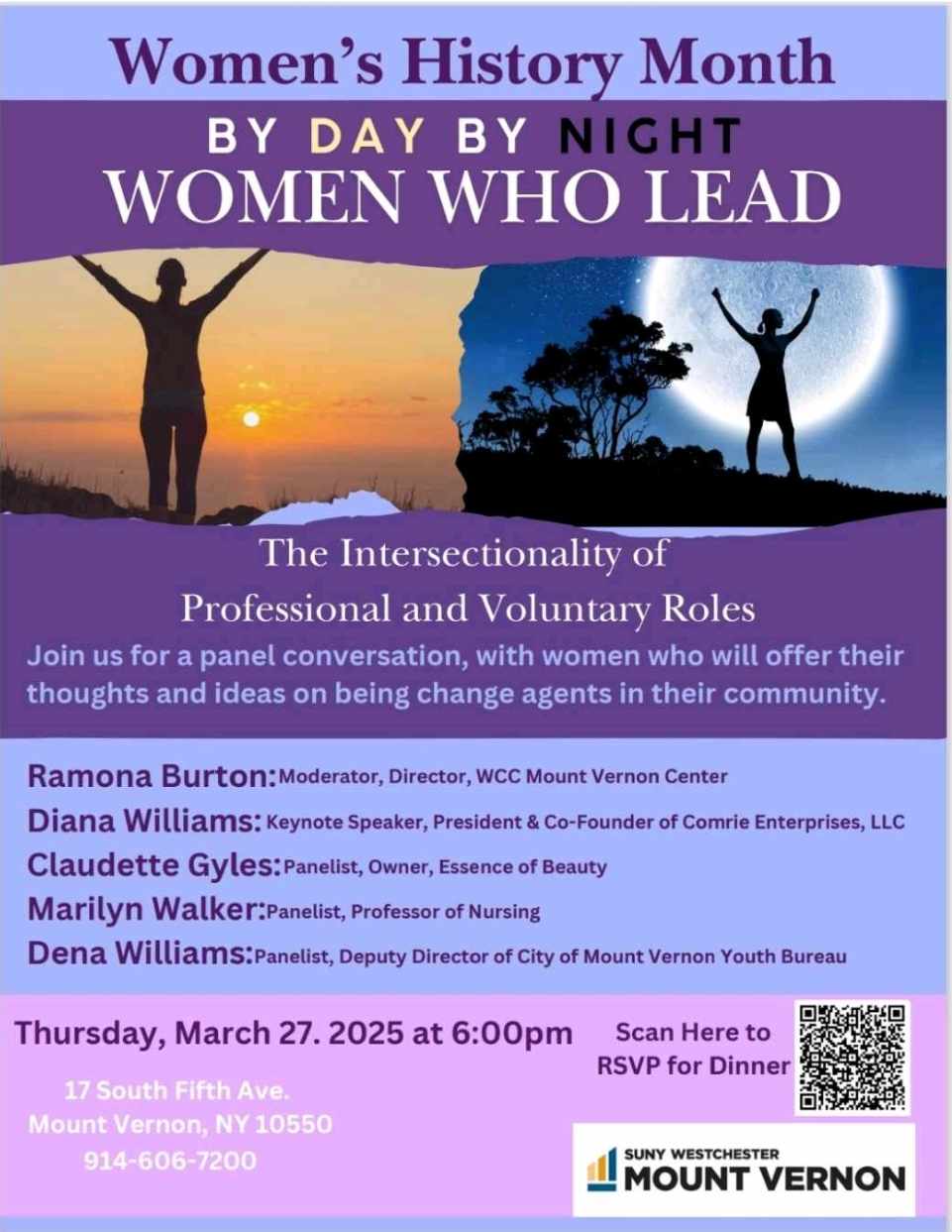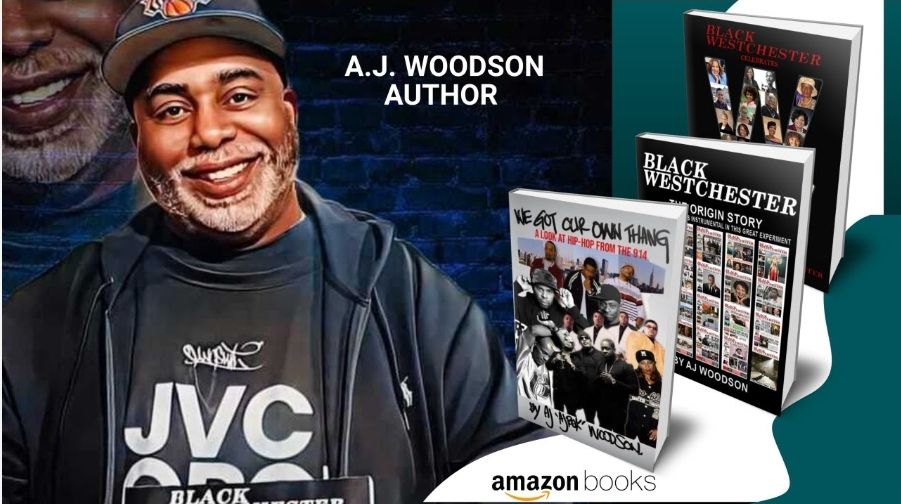Black people aren’t just moving—we’re being pushed. Priced out. Locked out. And now, left behind. Across high-cost blue states like New York, California, and Illinois, working-class Black families are packing up and heading South. They’re not just chasing sunshine—they’re chasing something far more urgent: ownership, dignity, and a future. What they’re leaving behind isn’t just an overpriced rental or a city that no longer sees them. They’re also leaving behind the political power these states depend on to stay relevant in Washington. This isn’t just a migration story. It’s a warning.
New York is shrinking. Between April 2020 and July 2022, the state lost over 468,000 residents—a 5.3% drop in population. In the 12 months ending July 1, 2023 alone, another 101,984 residents left, giving New York the largest population loss of any state during that time. While some immigration has helped stabilize parts of New York City, it hasn’t been enough to reverse the exodus. And projections from Cornell University warn that by 2050, the state could lose over 2 million people, a 13% decline. The question we must ask is: who’s leaving, and why?
In cities and counties across New York, the dream of homeownership is slipping further out of reach for Black families. I recently wrote that in Westchester County, Black families earn an average income of $77,471. Yet, as of February 2025, the average home value in Westchester stands at $798,586—a 5.1% increase from the previous year, according to Zillow. Even more alarming, single-family home prices have now surpassed $1 million for the first time. This is not sustainable. It’s not fair. And it’s not accidental. You cannot build generational wealth in a system designed to keep you renting. For Black families, the gap between income and housing cost isn’t just wide—it’s structural, and it’s driving us out of the places we once called home.
I once had a conversation with a white liberal woman who asked me, “Why would you move to Atlanta or Houston? They’re racist down there.” I looked at her and said, “Black people in those so-called racist red states are living better than Black people in New York and Westchester.” Down South, Black people are homeowners. They’re business owners. They have backyards, equity, and breathing room. Meanwhile, in New York, we’re being squeezed out by rising rents, unaffordable housing, and a system that talks inclusion but practices exclusion.
We are living through a modern-day reverse Great Migration. States like Georgia, Texas, North Carolina, and Florida are attracting hundreds of thousands of Black families in search of what should be basic American rights: affordable housing, safe neighborhoods, quality schools, and a real opportunity to build a future. The South isn’t perfect—but it offers possibilities. Black people are becoming homeowners, business owners, and landowners in places where legacy can take root and generational wealth can be built.
Meanwhile, so-called liberal cities—the ones that wear progressivism like a badge of honor—offer us little more than survival. And they have the unmitigated gall to blame our struggles on racism and Republicans, when they’re the ones in charge. They’re the ones building low-income housing instead of truly affordable housing. They’re the ones charging Black families rent prices that match, or even exceed, what it would cost to pay a mortgage in the South. They’re the ones making the laws, overtaxing working families, and systematically locking us out of real estate ownership.
That’s why more and more Black families are heading South—where land is cheaper, opportunity is growing, and the American Dream feels more attainable in a red state than it does while barely surviving in a blue one.
Every 10 years, the U.S. Census determines how the 435 seats in the House of Representatives are divided among the states. That means states losing population can—and do—lose power in Congress. In 2020, New York lost a seat, missing the cutoff by just 89 people. California, Illinois, and Michigan also lost seats. And guess who’s gaining them? Southern states with growing Black populations. This is the cost of pricing out your base. When working-class Black people leave, they take more than culture and community with them. They take congressional seats, electoral votes, and political leverage. Blue states are bleeding power because they’ve failed to make space for the very people who made them matter in the first place.
What’s even more insulting is where the money is going. In New York alone, billions have been spent on housing and services for new migrants—while Black residents continue to face homelessness, rent hikes, and mass displacement. The message is clear: your labor built this city, but your legacy isn’t a priority. How can liberal states claim to champion equity while systematically erasing Black homeownership and generational wealth? How can they call themselves inclusive while locking us out of the American Dream?
If blue states want to hold on to their influence—both locally and in Congress—they must make Black homeownership a priority. That means investing in public land trusts, cooperative housing, and expanding access to truly affordable homes. It also means offering property tax relief for long-standing residents and moving beyond symbolic representation to deliver real change that helps Black families build stability and wealth.
It’s simple: blue states locking Black people out of homeownership will eventually lock themselves out of the political process—by losing representation in Washington and losing the Black vote to the South.
References
- Office of the New York State Comptroller – Population Trends in New York State
https://www.osc.ny.gov/files/reports/osdc/pdf/report-15-2024.pdf - Empire Center – New York’s Population Loss Remains Nation’s Worst
https://www.empirecenter.org/publications/nys-post-pandemic-population-loss-slowed-a-bit-last-year-but-still-worst-in-u-s - Cornell University – Stark Population Decline Projected in NYS by 2050
https://news.cornell.edu/stories/2024/11/stark-population-decline-projected-nys - Zillow – Westchester County Home Values
https://www.zillow.com/westchester-county-ny/home-values











Great article! Excellent resources. Thank you
Thank you!